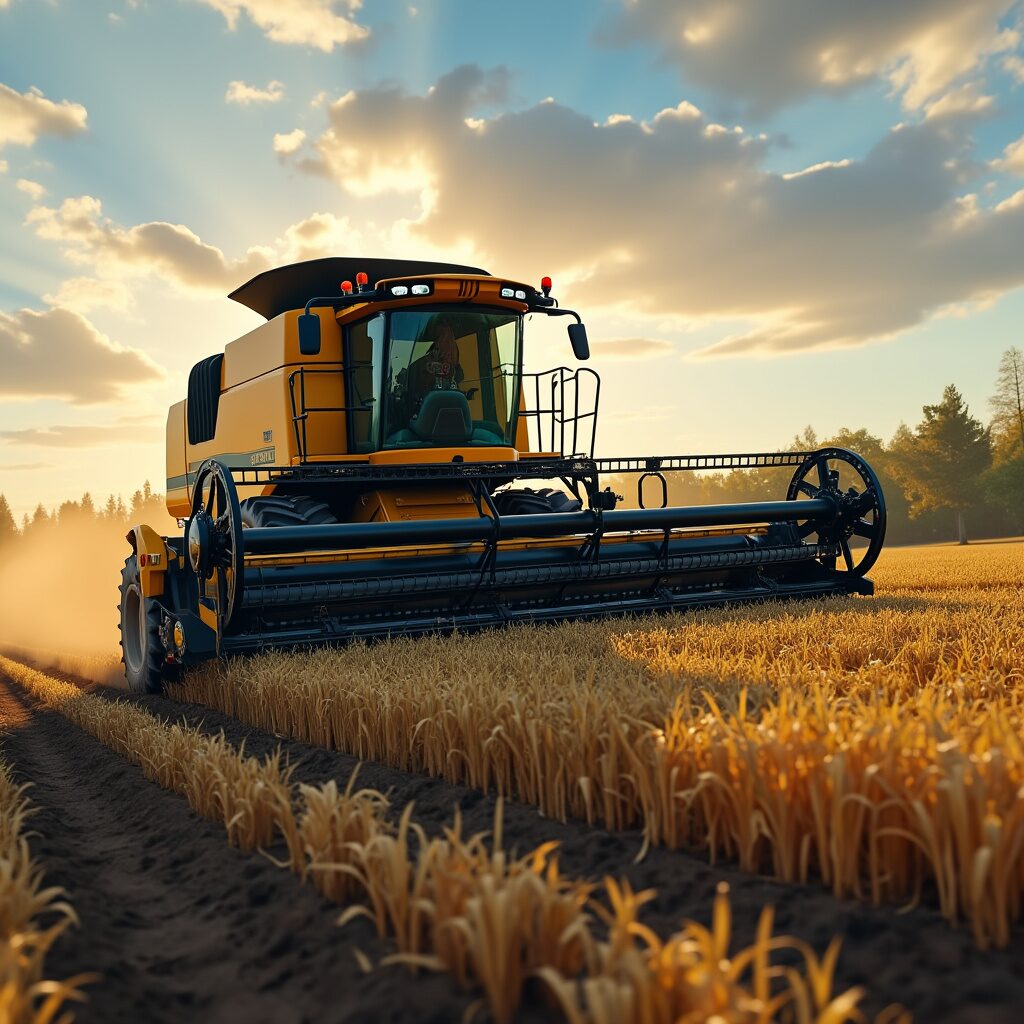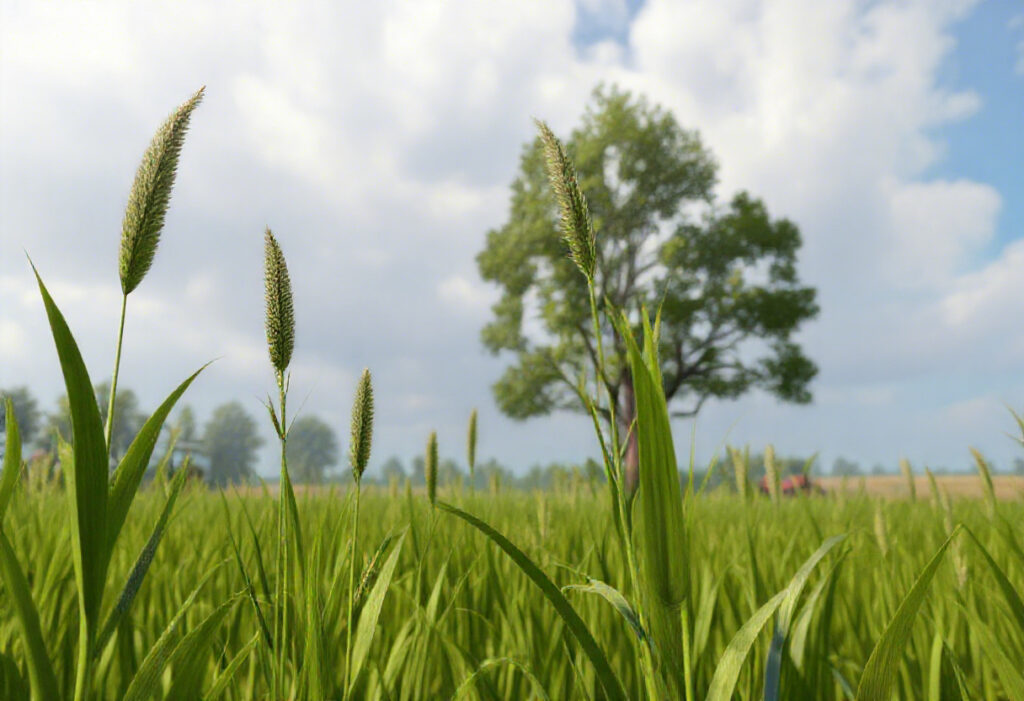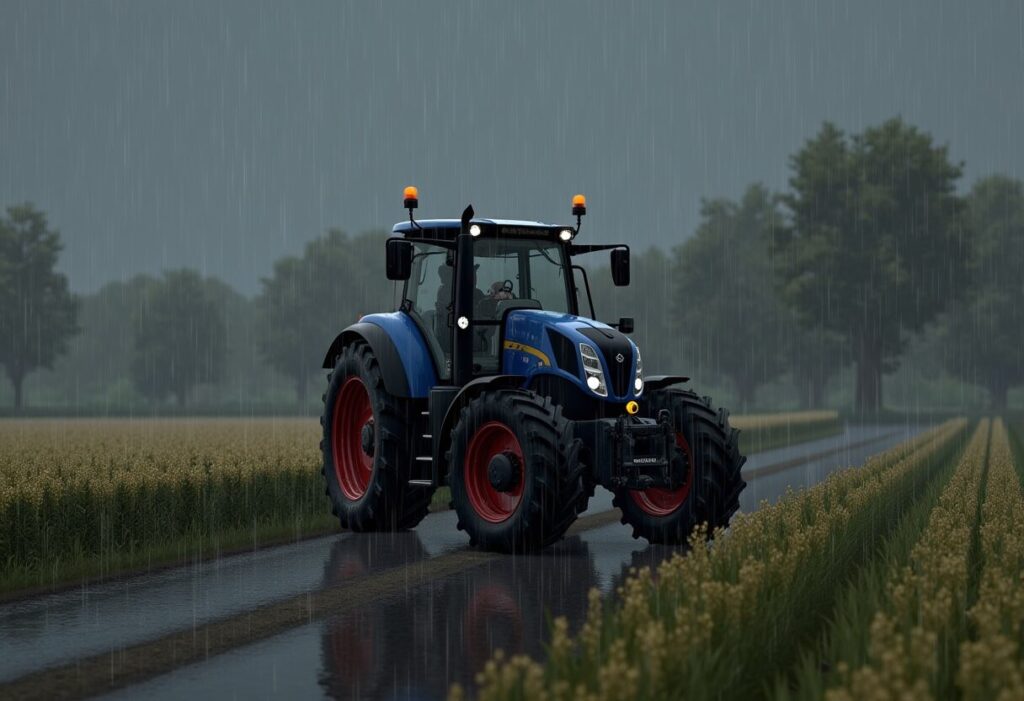Giants Software-developed Farming Simulator series has grown into one of the popular franchises around simulating the life of a farmer-from the planting and growing of crops to the selling of produce. While the game can be sure fun, absorbing, the question is how close this game really is to the real farming techniques, mainly regarding the aspect of harvest. It is under this article that some similarities and differences from the real-world harvesting methods to those in Farming Simulator will be reviewed, and how it simulates some real-life challenges.

Understanding Real-World Harvesting
Real-world harvesting techniques vary depending on the crop being harvested. Some of the most common crops and their respective harvesting methods include:
- Wheat and other small grains: These crops are typically harvested using combine harvesters, which cut, thresh, and separate the grain from the straw in a single pass. The harvested grain is then transported to a storage facility, while the straw is often left on the field as residue or baled for animal bedding or biofuel production.
- Corn (maize): Corn is harvested using a combination of machinery, starting with a corn picker that removes the ears from the stalk, followed by a corn combine that shells the corn from the ears and separates the grain from the cob and husk.
- Soybeans: Soybeans are harvested using a combine harvester, similar to wheat. The combine cuts the plants, threshes the beans from the pods, and separates the grain from the residue.
In practical harvesting, the condition of the crop, field layout, and weather are of critical importance. For instance, the results of too-early or too-late harvesting are yield loss and bad grain quality, respectively. Consequently, headlands and tramlines in the field layout require cautious handling with due care in order to minimize crop loss and soil compaction. Rain, wind, and temperature are important factors that highly influence crop development, effective harvesting, and the quality of the harvested product.
Farming Simulator 25: Gameplay Basics
In Farming Simulator, players can harvest a variety of crops using specialized equipment, such as combine harvesters, forage harvesters, and sugar beet harvesters. The game’s harvesting process involves driving the appropriate vehicle into the field, engaging the harvesting equipment, and navigating the field to collect the crop. The harvested produce is then stored in the vehicle’s tank or trailer, which can be emptied into a storage facility or sold directly.
Comparing Real-World and Gameplay Techniques
Crop Conditions
Within Farming Simulator, the in-game simulation takes into consideration crop conditions that change according to moisture content, lodging-even disease. Realistic strategies in dealing with these conditions in the real world include adjustment in harvesting equipment settings, proper combine attachments that may need to be used, such as rotor speed and concave settings, and sometimes even waiting until conditions improve to harvest. In the game, players have some adjustments for the settings of harvesters due to changing conditions of crops; however, the game does not offer that much granular control as in real-world machinery.

Field Layouts
Field layouts in Farming Simulator, like headlands and tramlines, have an effect on harvesting efficiency and gameplay strategy. Real-world farmers work around this kind of field layout in order to minimize loss in crop yield and soil compaction; they often use GPS to ensure tight turns and to avoid overlap. In the game, the players must work their way around the fields manually, but some of the vehicles may include GPS-assisted steering. While this game realistically presents the player with the need to not have overlapping rows and to minimize crop loss, it does not take into consideration the real world factors of soil compaction and the necessity of sharp turns.
Weather Conditions
Weather conditions in Farming Simulator affect crop growth and efficiency during harvest time. Indeed, rain and wind are two factors that have changed game dynamics for sure. Real farmers have to take weather conditions into consideration at the time of planning harvests, as rain can make fields too wet to operate machinery on them, and wind can make lodging or further reduce visibility. One can observe weather forecasts in the game and base their time schedule on when they will go out for harvesting, but the game does not wholly incorporate real-world weather conditions affecting crops and efficiency in harvesting.
Real-Life Challenges in Farming Simulator 25
Farming Simulator strives to simulate real-life harvesting challenges, such as time pressure, equipment breakdowns, and the impact of terrain and soil types on harvesting efficiency. Time pressure is a significant factor in both real-world farming and the game, as crops must be harvested within a specific window to maintain quality and yield. Equipment breakdowns can occur in both environments, requiring players to manage maintenance and repairs to keep their machinery running. Terrain and soil types in the game can impact harvesting efficiency, with steep slopes and soft soil presenting challenges similar to those faced by real-world farmers.
Where Farming Simulator Falls Short
While Farming Simulator aims to simulate real-world farming, it cannot perfectly replicate all aspects of real-life harvesting. Some areas where the game simplifies or abstracts real-world processes include:
- Crop growth and development: In the game, crops grow and are ready to harvest at set times, regardless of real-world factors like weather and pests. Real-world farmers must monitor their crops continuously and adapt their management strategies accordingly.
- Machinery interactions and malfunctions: Farming Simulator simplifies machinery interactions and malfunctions, with repairs often requiring only a quick visit to the workshop. In real life, machinery interactions can be complex, and repairs may involve extensive troubleshooting and downtime.
- Weather effects and crop impact: While the game simulates weather effects, it does not always accurately reflect their impact on crops. Real-world farmers must consider weather conditions when making harvesting decisions, as rain, wind, and temperature can significantly affect crop growth and quality.

Impact of FS25 mods
One aspect that sets Farming Simulator apart from other farming games is its extensive modding community, which allows players to enhance their gaming experience by adding new equipment, maps, and gameplay features. Mods can significantly impact the harvesting experience, offering players the opportunity to test real-world harvesting techniques and machinery that might not be included in the base game. For instance, players can install mods that add highly detailed and accurate representations of real-world combine harvesters, allowing them to experiment with different harvesting strategies and equipment settings. Additionally, mods can introduce new crops, field layouts, and weather systems, further enriching the game’s simulation of real-life harvesting challenges. By embracing the modding community, Farming Simulator players can delve even deeper into the complexities of real-world harvesting, making the game an even more valuable learning tool for both casual players and aspiring farmers.
Conclusion
Farming Simulator provides a wide field of vision and experience for the players interested in agriculture; it also provides a platform from which one can learn and actually practice real farming. By comparing various harvesting techniques in the real world to those in the game, the player will better understand the challenges and complexities faced by real-life farmers. Though the game well replicates the realistic challenges faced by farmers during the time of harvest for which it was designed, it is important to note that this game has limitations as well as distinct features which may also be observed in real farming.